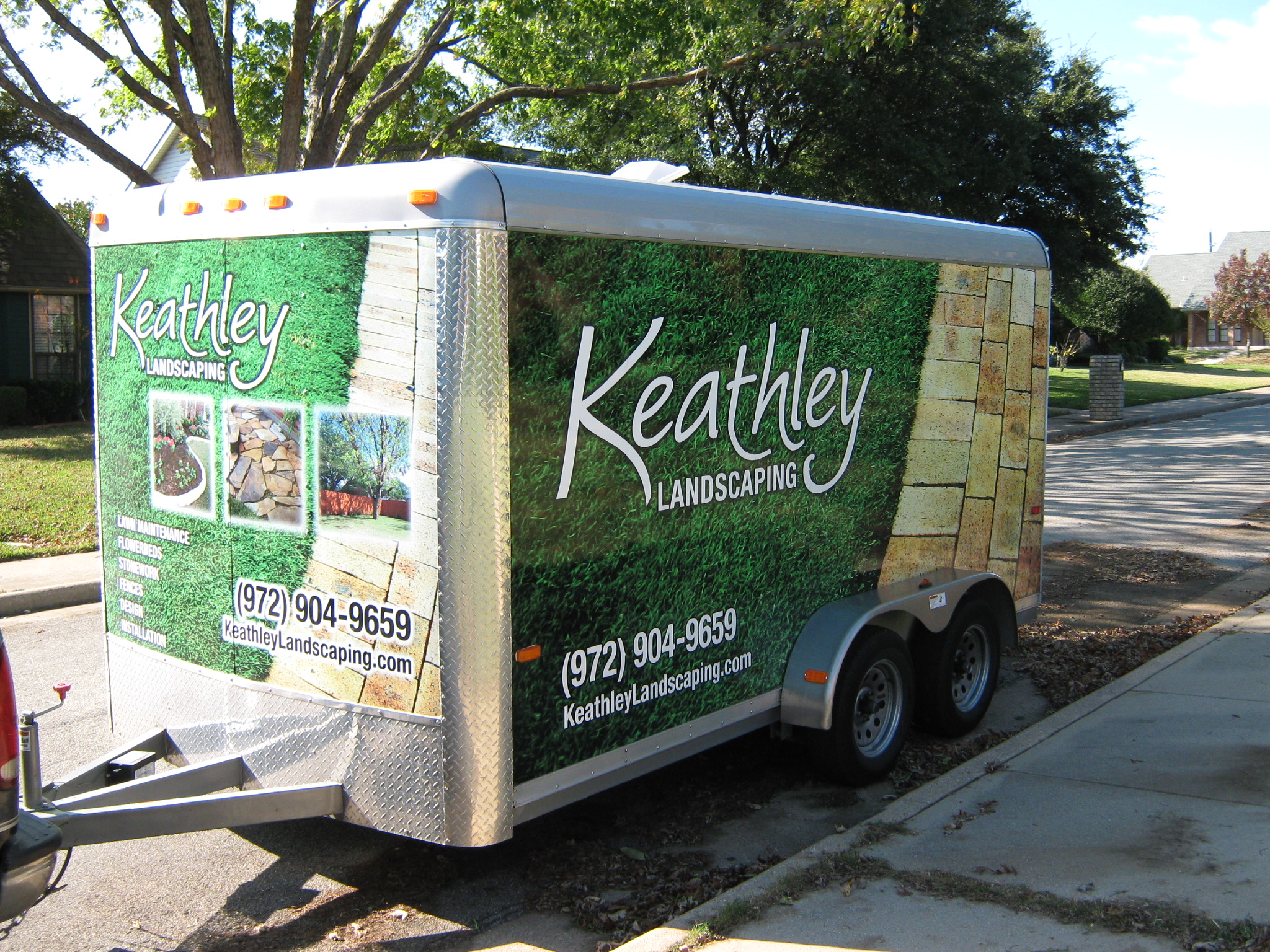Sod Installation for Sports Fields: Best Practices
Creating a vibrant, durable, and aesthetically pleasing sports field requires careful planning and execution. Sod installation is a vital component of this process, offering an immediate green surface and helping to prevent soil erosion. Whether you’re managing a soccer pitch, football field, or baseball diamond, understanding the best practices for sod installation is crucial. In this blog post, we will explore the essential steps, tips, and techniques to ensure your sports field sod installation is a success.
Understanding Sod and Its Importance in Sports Fields
Sod, also known as turf grass, is comprised of grass and the part of the soil beneath it held together by its roots. This product is particularly important in sports fields because it offers a reliable playing surface that can withstand heavy foot traffic. According to a study by the Sports Turf Research Institute, properly maintained sod can last up to 15 years, demonstrating its durability when correctly installed and cared for.
The Benefits of Sod for Sports Fields
Using sod for sports fields provides numerous benefits:
- Instant Results: Unlike seeding, sod offers an immediate green surface, which is crucial for venues that require a quick turnaround.
- Erosion Control: Sod effectively controls soil erosion, ensuring the integrity of the sports field.
- Enhanced Playability: Well-installed sod provides a safe and consistent playing surface.
- Reduced Maintenance: Although initial installation is intensive, sod generally requires less maintenance than seeded fields over time.
Preparation: The Key to Successful Sod Installation
Before laying sod, proper preparation of the field is essential. This process involves several critical steps to ensure the longevity and health of the sod.
Site Assessment and Soil Testing
Begin by assessing the site to understand the soil type, drainage patterns, and sun exposure. Conduct a soil test to determine pH levels and nutrient content. Ideally, the pH should be between 6.0 and 7.0 for most turfgrasses. Amend the soil based on test results to ensure optimal growing conditions.
Grading and Drainage Solutions
Proper grading is essential to prevent water pooling and ensure even growth. The field should have a gentle slope to facilitate drainage. Consider installing a drainage system if the site is prone to waterlogging. According to the University of Georgia, proper drainage can increase the lifespan of a sports field by up to 30%.
Clearing and Soil Preparation
Clear the field of any debris, rocks, or existing vegetation. Use a rototiller to break up compacted soil and incorporate soil amendments. A level and smooth surface is crucial for sod installation, as uneven terrain can lead to poor root establishment.
The Sod Installation Process
Once the field is prepared, it’s time to install the sod. Careful execution during this phase ensures that the sod will root quickly and evenly.
Choosing the Right Sod
Select a sod variety that is well-suited to the climate and intended use of the field. For example, Kentucky Bluegrass is popular for cooler climates, while Bermuda grass thrives in warmer regions. According to the Sports Turf Managers Association, choosing the right grass type can reduce maintenance costs by 25%.
Proper Sod Laying Techniques
Begin laying sod along a straight edge, such as a sidewalk or driveway, to ensure alignment. Stagger the joints in each adjacent row, similar to a brick wall pattern. This technique minimizes gaps and promotes a seamless appearance. Use a utility knife to trim excess sod around curves and edges.
Ensuring Proper Contact and Rolling
To ensure good root-to-soil contact, lightly roll the sod with a lawn roller. This process eliminates air pockets and encourages rooting. Avoid overcompacting, as this can inhibit root growth. Water the sod immediately after installation to prevent drying out.
Post-Installation Care and Maintenance
Once the sod is installed, proper care is crucial to its establishment and long-term health. Consistent maintenance practices will extend the life of the sports field.
Watering and Irrigation
During the first two weeks, water the sod daily to keep it moist. Gradually reduce watering frequency as the roots establish. Implement an irrigation schedule that provides one inch of water per week, adjusting for rainfall. An efficient irrigation system can reduce water usage by up to 50%, according to the Environmental Protection Agency.
Mowing and Fertilization
Wait until the sod has grown to about 3 inches before the first mowing. Set the mower blade to cut only the top third of the grass. Regular mowing promotes thick, healthy turf. Apply a balanced fertilizer four to six weeks after installation to encourage root growth and nutrient uptake. Follow up with seasonal fertilization based on soil test recommendations.
Monitoring and Addressing Issues
Regularly inspect the field for signs of stress, such as browning or thinning areas. Address any issues promptly to prevent further damage. Implement pest and disease management practices, as these can quickly compromise the health of the sod.
Conclusion
Proper sod installation and maintenance are critical to the success of sports fields. By following best practices, you can create a durable, visually appealing, and safe playing surface that meets the demands of athletes and spectators alike. From site preparation to post-installation care, every step plays a pivotal role in the longevity and performance of the field. By investing time and resources into these practices, sports field managers can ensure their venues remain in top condition for years to come.
Remember, the key to successful sod installation for sports fields lies in thorough preparation, selecting the right grass type, and consistent maintenance. By following these guidelines, you can achieve a field that not only meets the needs of today but remains sustainable for the future.





































Recent Comments